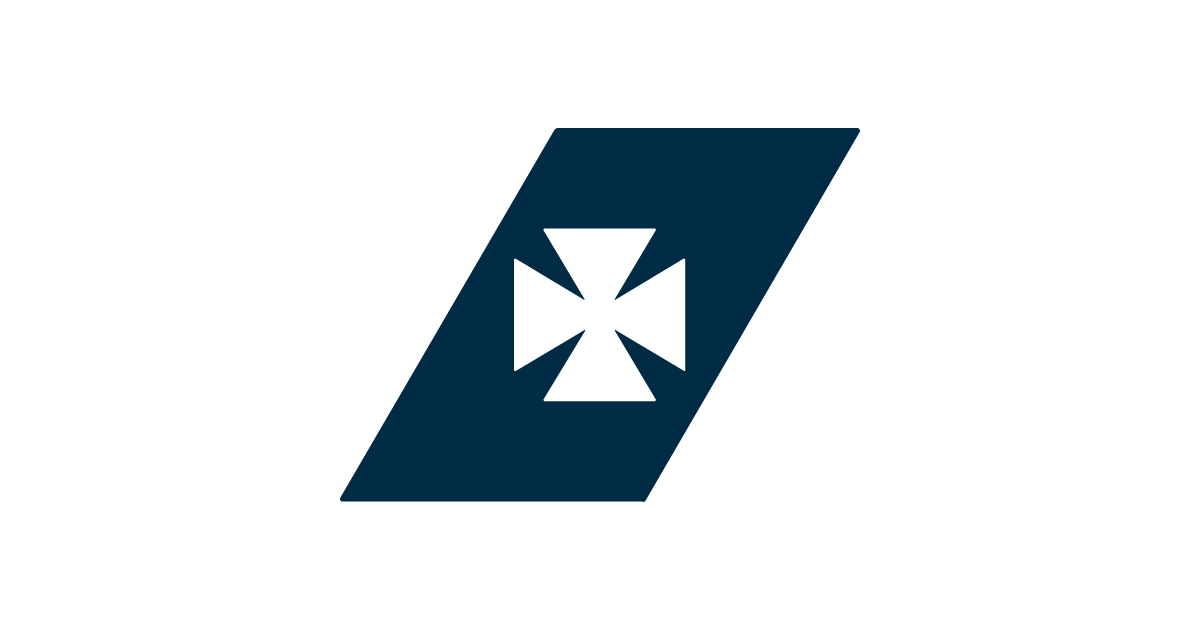- Reaction score
- 5,969
- Points
- 1,090
And there is the reason the Army didn't push for a BHS. Canada doesn't go anywhere without allies. That means the force structure (including the RCN one) must rely upon allies to create the situation where Canada can then deploy the follow-on forces, or we deploy to a benign enough environment where we can gradually build up forces or land them with a civilian chartered ship.If we are delivering a BG or CMBG to Europe (or the ME or Africa etc) we don't need the shipping itself to be RCN. It doesn't need to be military. I am having a hard time finding a plausible scenario where we are in an opposed-entry. It might be subjected to all sorts of things, but its not Juno Beach.
The only place I can see us strategically needing rapid deployment is within Canada. And given our infrastructure only the Arctic needs amphib. This means AOPS is good enough for the small unit operations we do in the arctic.





